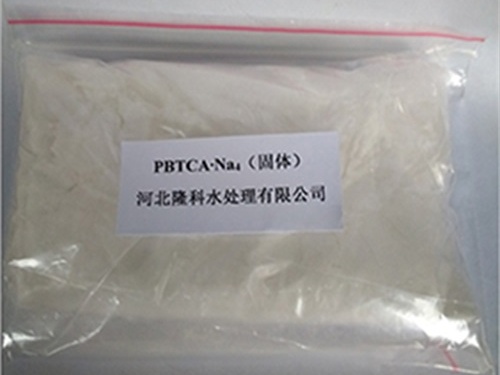coagulants and flocculants in water treatment
Coagulants and Flocculants in Water Treatment
Water treatment is an essential process aimed at improving water quality, making it safe for consumption and other uses. Among the various methods employed, the use of coagulants and flocculants stands out as one of the most effective techniques for removing suspended particles, organic matter, and pathogens from water. Understanding the roles and mechanisms of these agents is crucial for optimizing water treatment processes.
Coagulants are chemical agents that promote the aggregation of fine particles in water. When introduced to a water source, coagulants neutralize the electrical charges on suspended particles, allowing them to collide and bond together. Common coagulants used in water treatment include aluminum sulfate (alum), ferric chloride, and polyaluminum chloride. These substances are effective in forming larger aggregates known as flocs, which can be easily removed from the water in subsequent treatment stages.
The process of coagulation typically entails several steps first, coagulants are mixed into the water to initiate particle aggregation. This is often followed by rapid mixing to ensure uniform distribution. Next, the water undergoes flocculation, a gentle stirring process that encourages the formation of larger flocs. The resulting flocs can then be separated from the water through sedimentation or filtration, significantly improving the water's clarity and quality.
coagulants and flocculants in water treatment

Flocculants, on the other hand, are used to enhance floc formation and accelerate the settling process. These agents are usually high-molecular-weight polymers that promote the growth of larger and denser flocs. By adding flocculants, water treatment facilities can significantly reduce the time required for particles to settle, leading to more efficient operation. Common flocculants include polyacrylamides and natural products like starches and chitosan.
The synergy between coagulants and flocculants is vital for effective water treatment. While coagulants initiate the removal of suspended solids, flocculants optimize the process, ensuring rapid and complete separation of flocs from the treated water. The combination of these agents not only enhances the removal of turbidity but also reduces the concentration of pathogens and other harmful substances.
In conclusion, the application of coagulants and flocculants is indispensable in modern water treatment practices. Their ability to effectively reduce suspended solids and improve water quality plays a crucial role in providing safe and clean water for communities around the world. As technology advances and environmental regulations become more stringent, the development of more efficient and environmentally friendly coagulants and flocculants will likely become a focal point in the quest for sustainable water treatment solutions. By prioritizing these advancements, we can ensure a cleaner and healthier future for both people and the planet.
-
Water Treatment with Flocculant Water TreatmentNewsJun.12,2025
-
Polymaleic AnhydrideNewsJun.12,2025
-
Polyaspartic AcidNewsJun.12,2025
-
Enhance Industrial Processes with IsothiazolinonesNewsJun.12,2025
-
Enhance Industrial Processes with PBTCA SolutionsNewsJun.12,2025
-
Dodecyldimethylbenzylammonium Chloride SolutionsNewsJun.12,2025





